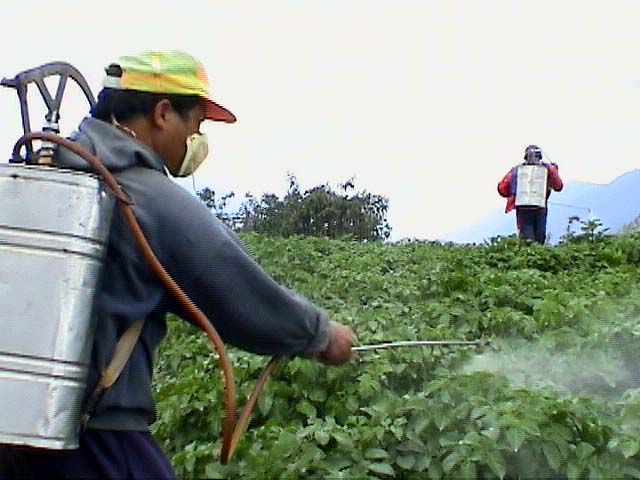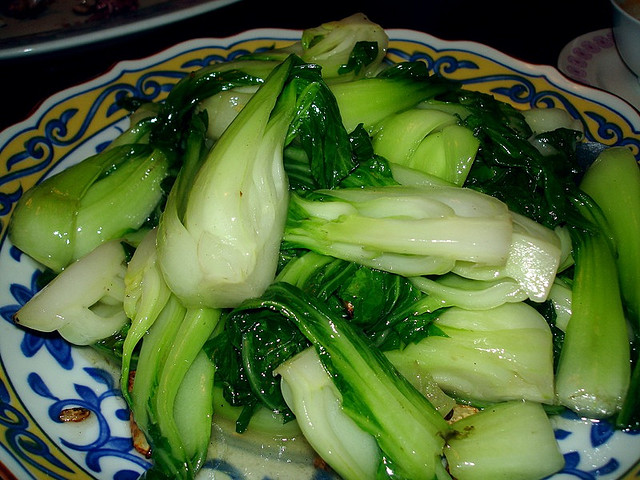Today, the New York Times reported that outgoing mayor Michael Bloomberg will follow up on his February comment deploring food waste by establishing a program to allow (and some day require) households to recycle it through city-collected bins.
This is good news to everyone who knows that food waste is one of our most unnecessary losses. San Francisco, of course, required food recycling starting in 2009. The East Bay city of Lafayette has been collecting food waste for years.
As I wrote in The Green Foodprint, “There is no waste in nature. Every plant, animal, rock, and drop of water is broken down and reused. Fallen trees, leaves, the shells left by a nut-eating squirrel, and the fur or feathers left by a predator are recycled in the ecosystem, decaying and becoming soil in which new plants and animals can live and grow.” Yet 30% of food produced, worth billions of dollars, is wasted every year.
The mayor’s administration, we are told, is about to hire a composting plant to receive and process 100,000 tons of food scraps a year. According to reporter Mireya Navarro, that’s still only one tenth of the waste generated by city’s residents, but that this measure could save $100 million a year. Not to mention the topsoil or energy that can be generated by skillfully recycling it.
Some day we’ll look back and be amazed at what people used to throw away.
Related links:
Bloomberg Plan Aims to Require Food Composting
Bloomberg Wants Restaurants to Compost – The New York Times





